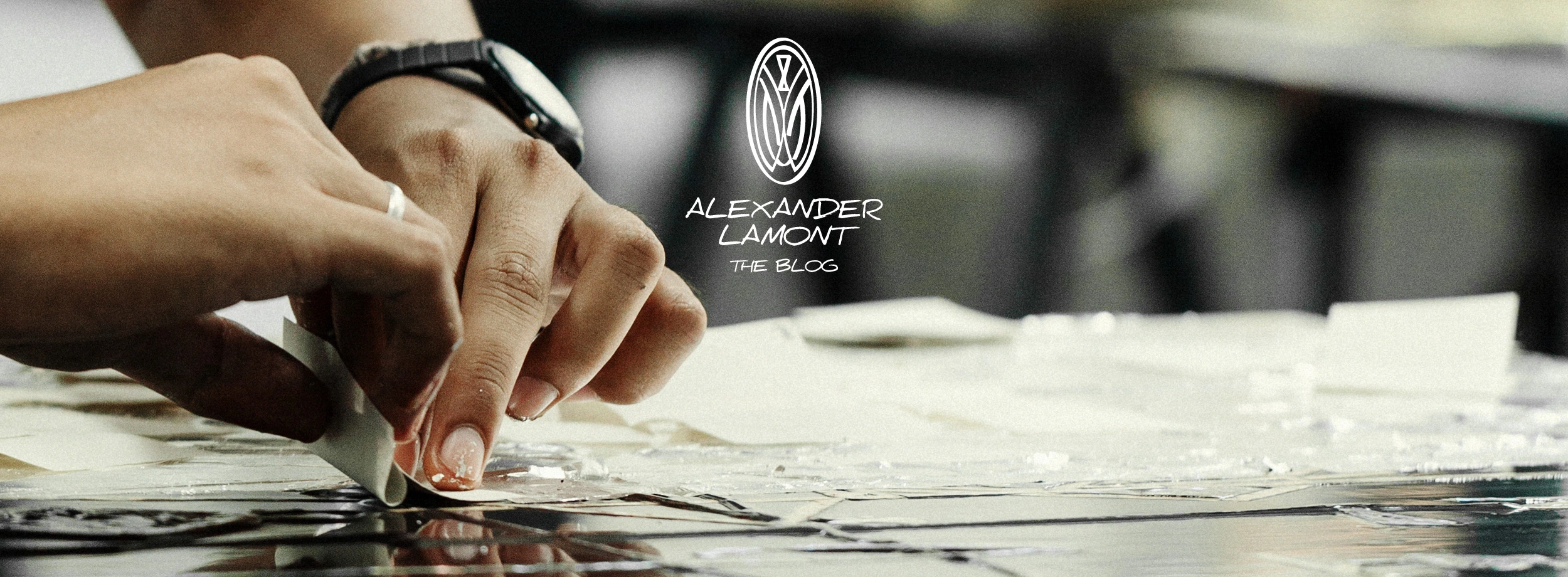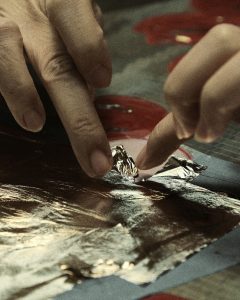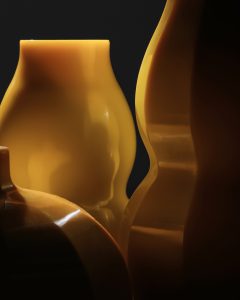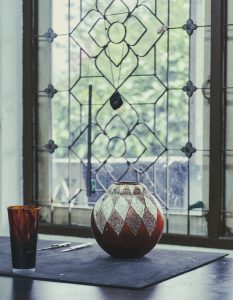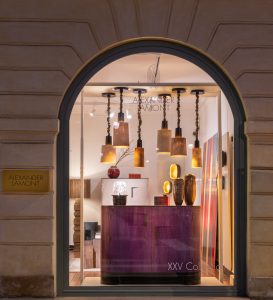While brainstorming with Alex about potential blog posts there was one that immediately captivated me. Not only because it brought to my attention a little spoken about yet very influential woman but more importantly for me, someone from my native land, Chile.
Eugenia Huici Arguedas de Errázuriz, is perhaps not a name closely associated with the Belle Époque or Art Deco period but one who’s indisputable influence is still relevant today.
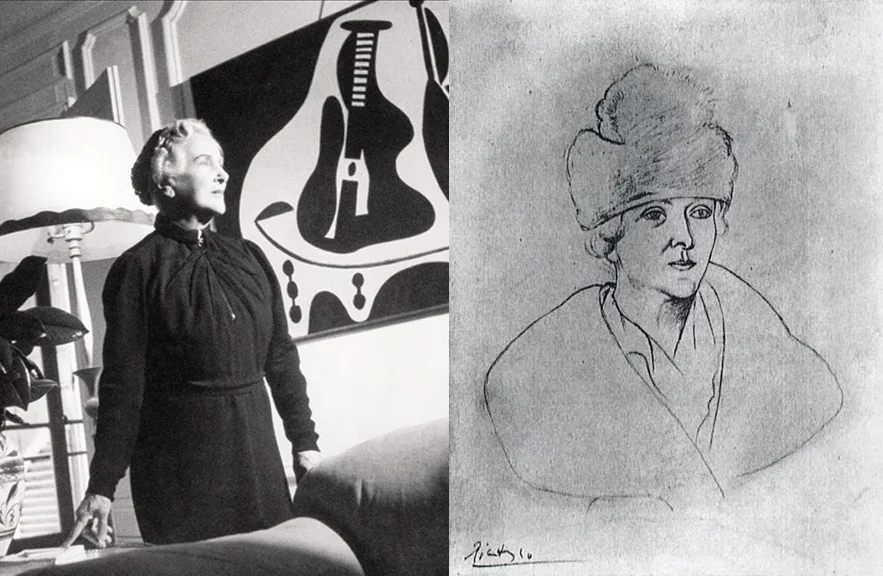
“Everything I know (more or less) I owe to her. Her influence is indisputable,” said Jean Michel Frank.
“Her friendship touched me deeply. She had a subtle understanding of modern art, which was unparalleled in anyone of her generation,” Stravinsky wrote in his memoirs.
Picasso biographer, John Richardson, declared, “Eugenia transformed Picasso from a scruffy Montparnasse bohemian into the elegant lion of what Max Jacob called his ‘duchess period.’ “
So who was Eugenia, muse, style maker and patron of the arts? Neither an interior decorator nor artist, Eugenia Errázuriz (1860-1951) left her indelible mark among style makers of the early 20th century through her ultra-modern and individualistic style. She was greatly admired for her pared down minimalistic aesthetic in a time of resplendent excess and fanfare.
Born to a wealthy silver-mining family, she spent her formative years in Chile first in the countryside then in Valparaiso where she attended an English convent school. She married Chilean painter José Tomás Errázuriz in 1880. The influential Errázuriz family opened many doors when the young couple decided to make the trans-Atlantic move to Europe. Eugenia’s vivacious personality and generous spirit made her a popular invitee to the Parisian salons of the time. Admired for her aristocrat looks she also became a popular subject for painters of the time such as Sargent, Boldini, Blanche, Chartran, Helleu, Madrazo and Conder. Her close friend Picasso would go on to draw her 24 times.
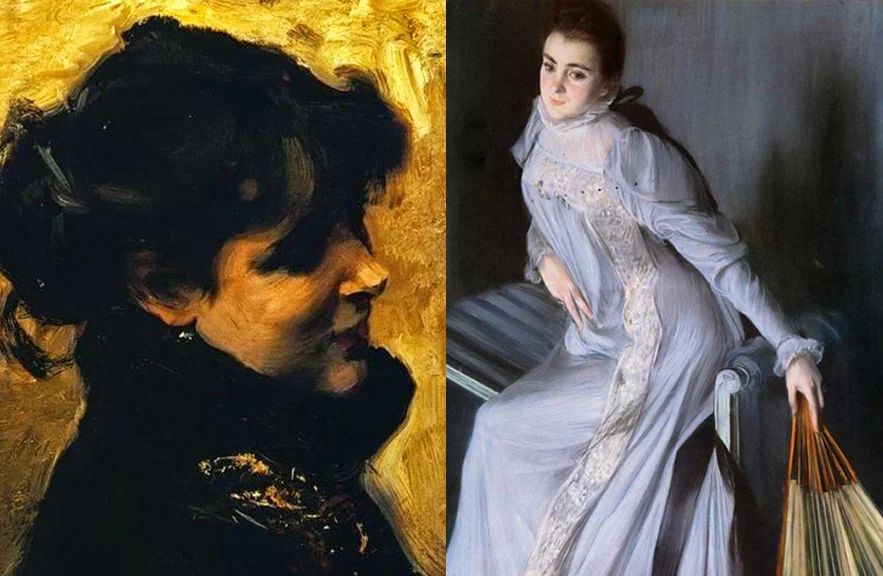
Yet, it was for her pared down homes that she perhaps left the greatest impression. Simplicity and cleanliness were her design dictums. Stripped down interiors and an innate sense of living with little but with what one loved. She is often cited as probably being one of the first to juxtapose eras and styles with great ease. In her Paris Avenue Montaigne apartment salon, there was a large oak armoire inspired by an old Chinese piece, (it was used to conceal items rather than to display her possessions), she had a utilitarian rustic ladder alongside large baskets, a garden table and chairs (she is noted for having said that the shop owner was horrified to learn that the garden furniture were for indoor use). Big comfortable sofas were placed alongside an Alberto Giacometti floor lamp made for Jean Michel Frank, a wide Louis XVI guéridon and a Picasso cubist painting hung above the sofa. The table surfaces were clear of any decorative showpieces or photographs. She is known for having said, “pas de bibelots” or ‘no knick-knacks’. She succinctly summed up her aesthetics when she famously said, “elegance means elimination.”
Despite her straightforward aesthetic, Eugenia recognized luxury and elegance at the same time. The best upholsterers in Paris, Chez Leitz, meticulously made the white slipcovers for her salon; her dining table though always set informally had napkins of the heaviest linen and cutlery of the best quality French 18th century silver. Even later in life when she became a tertiary nun, her friend, Coco Chanel, made her simple black habit.
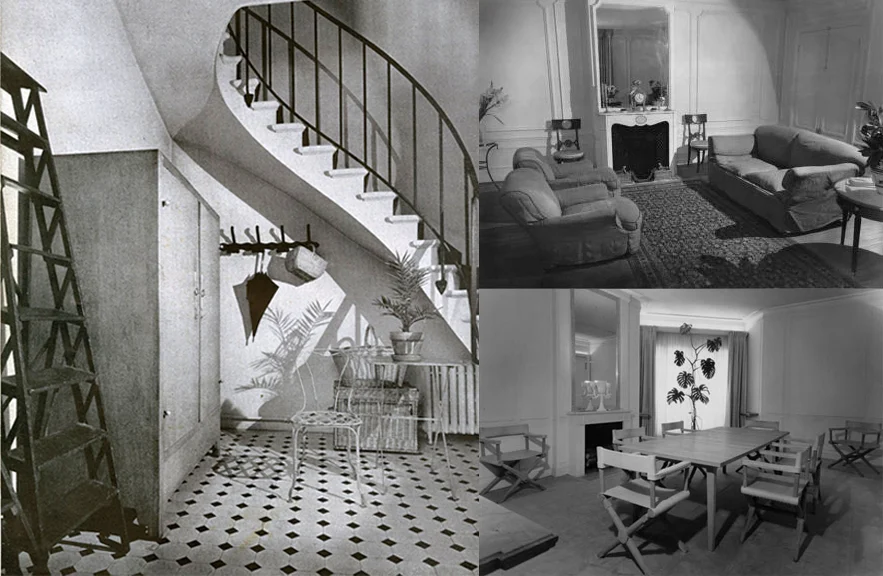
Her Paris, apartment greatly impressed her friend Jean Michel Frank and he would go on to realize many of her ideas in his short-lived design career. So great was her influence that he penned an article for Harper’s Bazaar USA in February 1938 about Eugenia’s influence on his work. In fact, it’s hard to deny that because of Eugenia and her introduction of Frank’s work to her elite South American connections that his classic-modernist designs were so well received in Argentina.
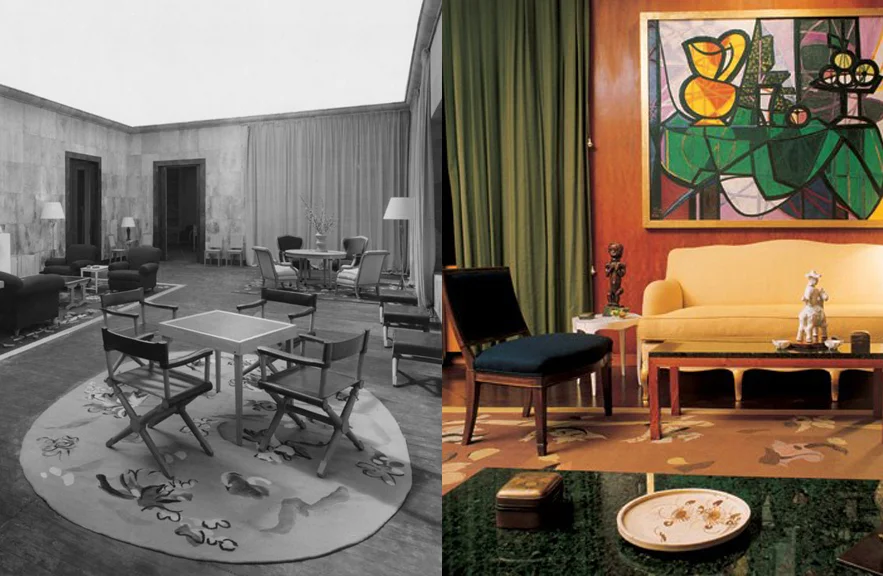
Homes designed by Jean Michel Frank reflect the simple and modern design aesthetic made famous by Errázuriz.
But perhaps, her second home, La Mimoseraie, in Biarritz was the ideal location to showcase her enduring love for stripped down simplicity. The terra cotta floors were uncarpeted and scrupulously clean, the walls whitewashed and the window curtains were made of unlined linen. Her favorite decorating materials were cotton, stone, wood and linen – all surfaces that would become even more beautiful through daily cleaning and regular use over the years. Even houseplants had to earn their stay; they were all aromatic such as, rose geranium, lemon verbena, and lavender, jasmine all in terra cotta potters. “Everything in Aunt Eugenia’s house smelled so good, “ said her great niece Patricia. She is quoted as having said, “I love my house as it looks very clean and very poor.”
So welcoming and hospitable was Eugenia that it was at her summer home that a struggling artist friend, Pablo Picasso, spent his honeymoon with Olga Khoklova. Eugenia strongly believed in his talent and insisted that he and Olga come and stay during the summer months so he could be introduced to the elite that resided there. As a thank you to his hostess, Picasso famously painted the “Blue Room” ceiling sky blue with white stars and wrote versus by Apollinaire on the walls. Eugenia so instinctively appreciated his cubist period that when WWI forced her to black out her windows, she commissioned Picasso to create cardboard cutouts of cubist design for the glass panes. In John Richardson’s biography, ‘Sacred Monsters Sacred Masters’, the author dedicates the first chapter to her entitled, “Picasso’s Other Mother.” Their friendship spanned 42 years.
She never traded her good taste for money, her advice simply being sought. She saw herself as a ‘secret sharer in her protégés,’ states Richardson. In the last years of her life she returned to Chile with plans to have a home built in the resort town of Viña del Mar by another friend, Le Corbusier. Unfortunately, those plans never came to fruition as she tragically passed away at the age of 91 after being struck by a car while crossing the road.
Cecil Beaton summed it up best when he wrote in ‘The Glass of Fashion,’ “her effect on the taste of the last fifty years has been so enormous that the whole aesthetic of modern interior decoration, and many of the concepts of simplicity generally acknowledged today, can be laid at her remarkable doorstep.”
Sources:
A Life of Picasso: The Triumphant Years, 1917-1932, Volume 3 by John Richardson
Making Modernism: Picasso and the Creation of the Market for Twentieth-Century Art by Michael C. Fitzgerald
The Stylemakers: Minimalism and Classic-Modernism 1915-45 by Mo Teitelbaum
“Tastemakers: Eugenia Errazuriz,” House & Garden (April 1987) by John Richardson
The Queen of Clean” New York Times, October 11, 1992
Apartment Therapy post: Modernist Muse: Eugenia Errazuriz
